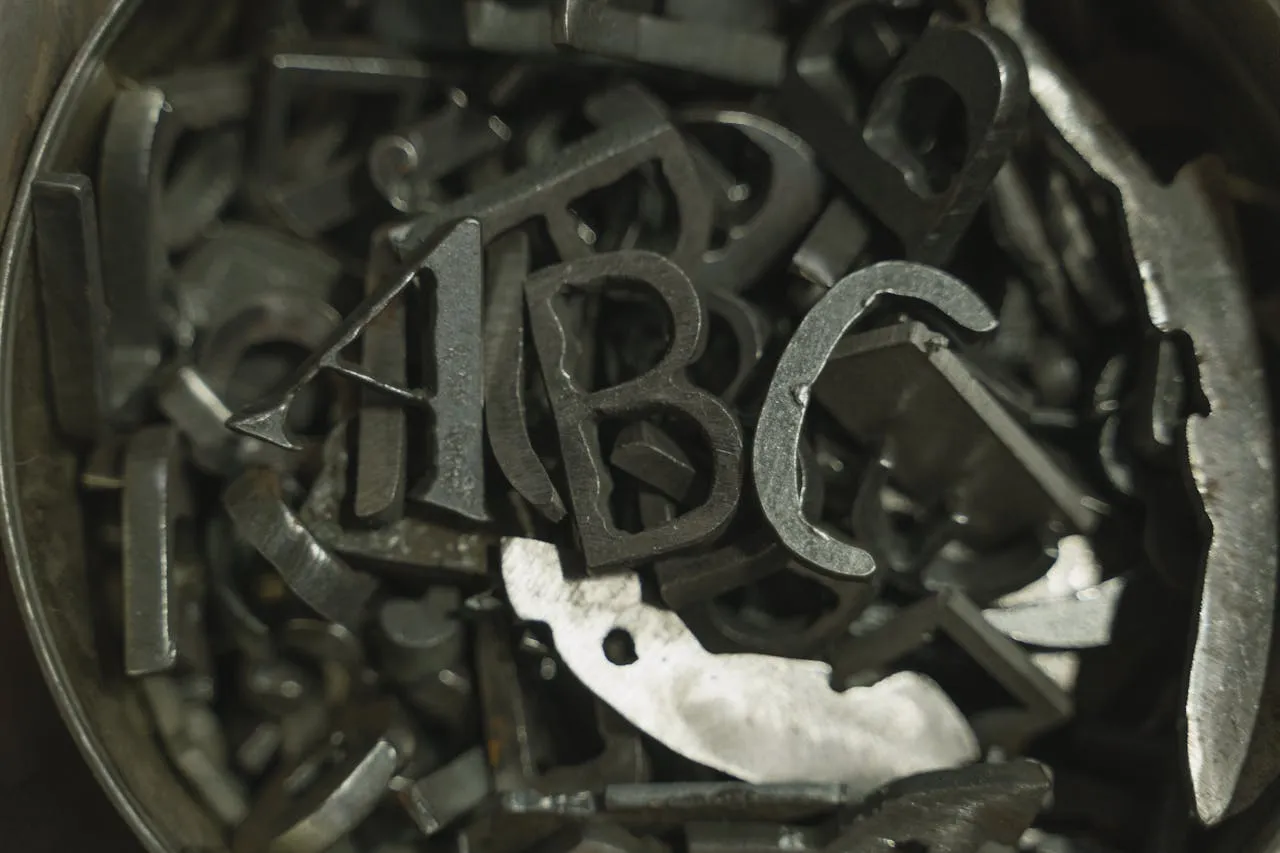
The new report titled “Sustainable (Recycled and Green) Steel Market: Global and Regional Analysis with Focus on End-User Applications, Product Types, Technologies, and Country-Level Insights – Forecast 2024-2034” is now available on ResearchAndMarkets.com.
In 2023, the global sustainable steel market, encompassing recycled and green steel, was valued at $329.83 billion and is expected to grow at a compound annual growth rate (CAGR) of 8.52%, reaching $820.14 billion by 2034. This growth is fueled by the rising demand for low-carbon construction materials and strict environmental regulations. Key innovations in steel production, such as hydrogen-based reduction processes and advanced recycling techniques, are propelling the market forward. Strategic partnerships and investments in green infrastructure are further strengthening the market, underscoring the focus on sustainability and reducing carbon footprints in the steel industry.
Steel remains a critical material for economic development, yet it is one of the most energy-intensive industries, contributing around 8% of global CO2 emissions. As the sector seeks more sustainable practices, the adoption of eco-friendly steel solutions becomes increasingly important.
The Asia-Pacific region leads the sustainable steel market and is expected to continue its dominance throughout the forecast period. This region houses major steel producers, including Baowu Steel Group, Nippon Steel, JFE Steel, Tata Steel, and POSCO, and accounts for over 50% of global steel production according to the World Steel Association. For example, Tata Steel’s recent facility opening in India focuses on producing green steel with advanced recycling and low-carbon technologies.
Industrial Impact
The sustainable steel market’s impact spans across steel manufacturing, technological innovation, and environmental sustainability. Developments in green steel technologies, such as hydrogen-based reduction and electric arc furnaces (EAF), are enhancing low-carbon steel production. These advances foster collaborations between steel producers and technology firms, boosting research and development and aligning with global climate goals.
Market Segmentation
- End-User Application:
- The building and construction sector is anticipated to lead the market from 2024 to 2034. The demand for sustainable steel in construction components like beams, ductwork, and fixtures drives this trend, with eco-friendly practices becoming a priority.
- Product Type:
- Recycled steel is becoming increasingly popular due to its environmental benefits, including reduced resource consumption and lower greenhouse gas emissions. This trend supports the growth of recycled steel in various industries.
- Technology:
- The electric arc furnace (EAF) is emerging as the dominant technology in sustainable steel production. It utilizes recycled materials and reduces reliance on virgin raw materials, contributing to lower emissions and energy consumption. The adoption of green hydrogen-based direct reduced iron (DRI) processes further supports sustainable practices.
Report Benefits
- Growth/Marketing Strategy: Offers insights into strategies such as mergers, product launches, and collaborations to capitalize on market opportunities.
- Competitive Strategy: Provides a comprehensive analysis of key players and competitive dynamics, helping identify potential revenue opportunities.
- Key Players: Includes profiles of major market players like ArcelorMittal, Tata Steel, POSCO, and others, detailing their strategies and market positions.
Market Dynamics
- Drivers: Includes the shift towards sustainable materials in construction, stringent regulations, and renewable energy use in production.
- Trends: Emphasizes circular economy practices, technological advancements, and carbon reduction efforts.
- Restraints: Addresses challenges like limited green technology availability and high implementation costs.
- Opportunities: Highlights growing demand for sustainable infrastructure and increased collaborations.
For more details, visit ResearchAndMarkets.com.




